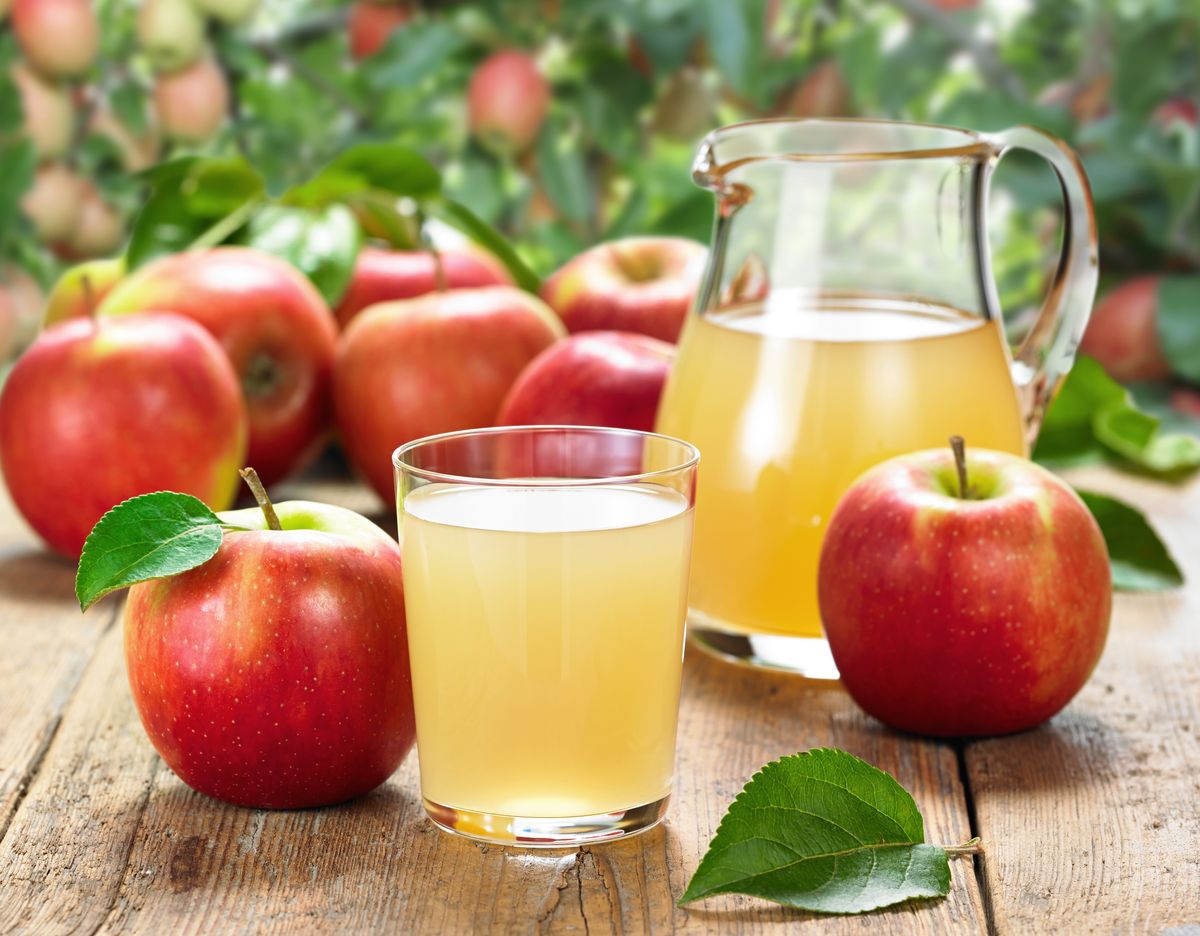After a ten-year delay, the U.S. Food & Drug Administration (FDA) has recently released its long-awaited guidance on the acceptable levels of arsenic in apple juice. On June 1, the FDA declared a limit of 10 parts per billion (ppb) for inorganic arsenic in apple juice, the same threshold proposed by the agency in 2013. The FDA's aim with this limit is to minimize exposure to environmental contaminants in foods commonly consumed by infants and young children, as stated in their announcement.
However, Consumer Reports, a prominent consumer advocacy group, contends that the established limit falls short of protecting children, who are the primary consumers of apple juice. In a news release issued on June 1, the organization expressed dissatisfaction with the 10 ppb limit, arguing that it still poses significant health risks to children. They emphasized the potential harm to the brain and nervous system, which can result in learning and behavioral difficulties.
Brian Ronholm, Director of Food Policy for Consumer Reports, asserted that the arsenic limit should be set even lower than 10 ppb. He criticized the FDA for implementing the limit after much of the industry had already met this standard, suggesting that its impact on public health would be minimal and virtually inconsequential.
Consumer Reports has strongly urged the FDA to revise the limit to 3 ppb, citing their 2018 analysis of 45 popular fruit juices. The study revealed that nearly all but one of the juices tested had inorganic arsenic levels below 10 ppb, with 58% falling below the more stringent 3 ppb standard. These findings demonstrate that a more rigorous limit is indeed attainable in the industry.
According to the FDA's recent report, children face a higher risk of inorganic arsenic exposure from apple juice. This susceptibility is attributed to their less varied dietary patterns compared to adults, coupled with a relatively higher consumption of apple juice in proportion to their body weight.
Arsenic, a naturally occurring element, can be found in the environment, including soil, air, and water sources. It may also be present due to the use of arsenic-based pesticides or industrial activities.
There are two forms of arsenic: organic and inorganic. Organic arsenic, commonly found in seafood and shellfish, is considered safe for human consumption by the Centers for Disease Control and Prevention (CDC). In contrast, exposure to inorganic arsenic has been linked to various health problems, including cancer, diabetes, adverse birth outcomes, as well as cardiovascular and neurodevelopmental effects.
It is important to note that the FDA's new arsenic limit does not impose a mandatory requirement on manufacturers. However, the FDA has expressed its commitment to monitoring arsenic levels in apple juice samples. If testing reveals inorganic arsenic concentrations exceeding 10 parts per billion (ppb), the FDA will consider this action level, alongside other factors, to determine whether enforcement action is necessary.

